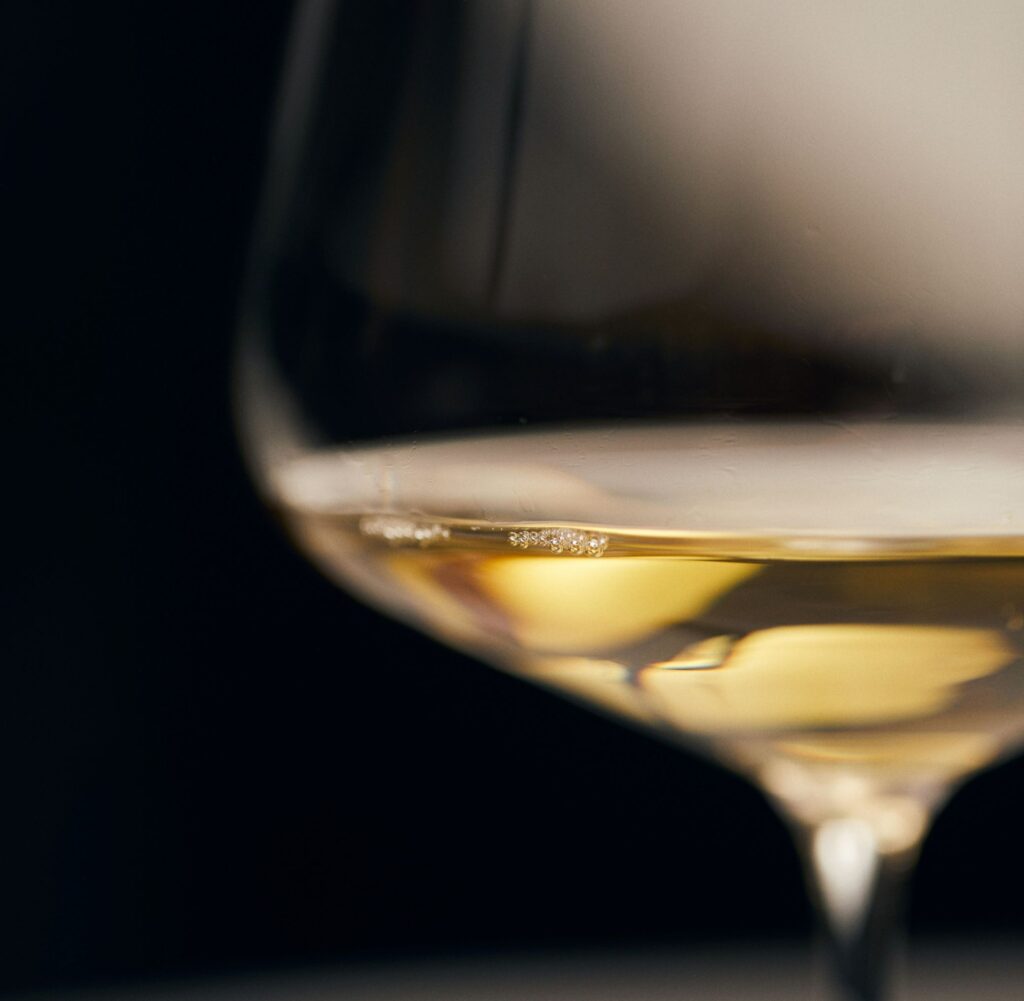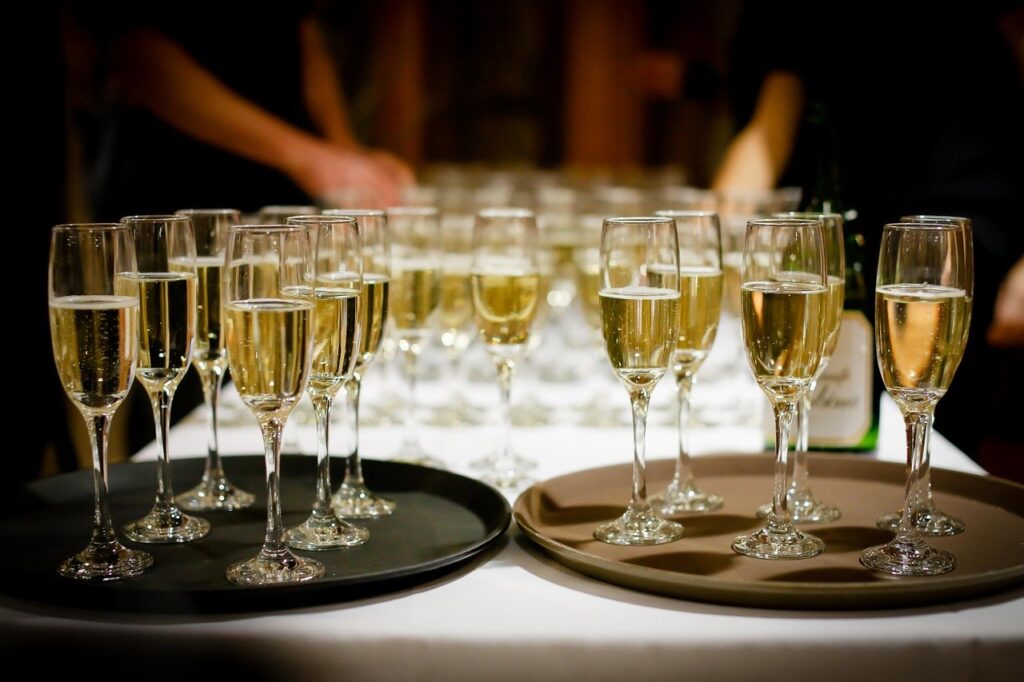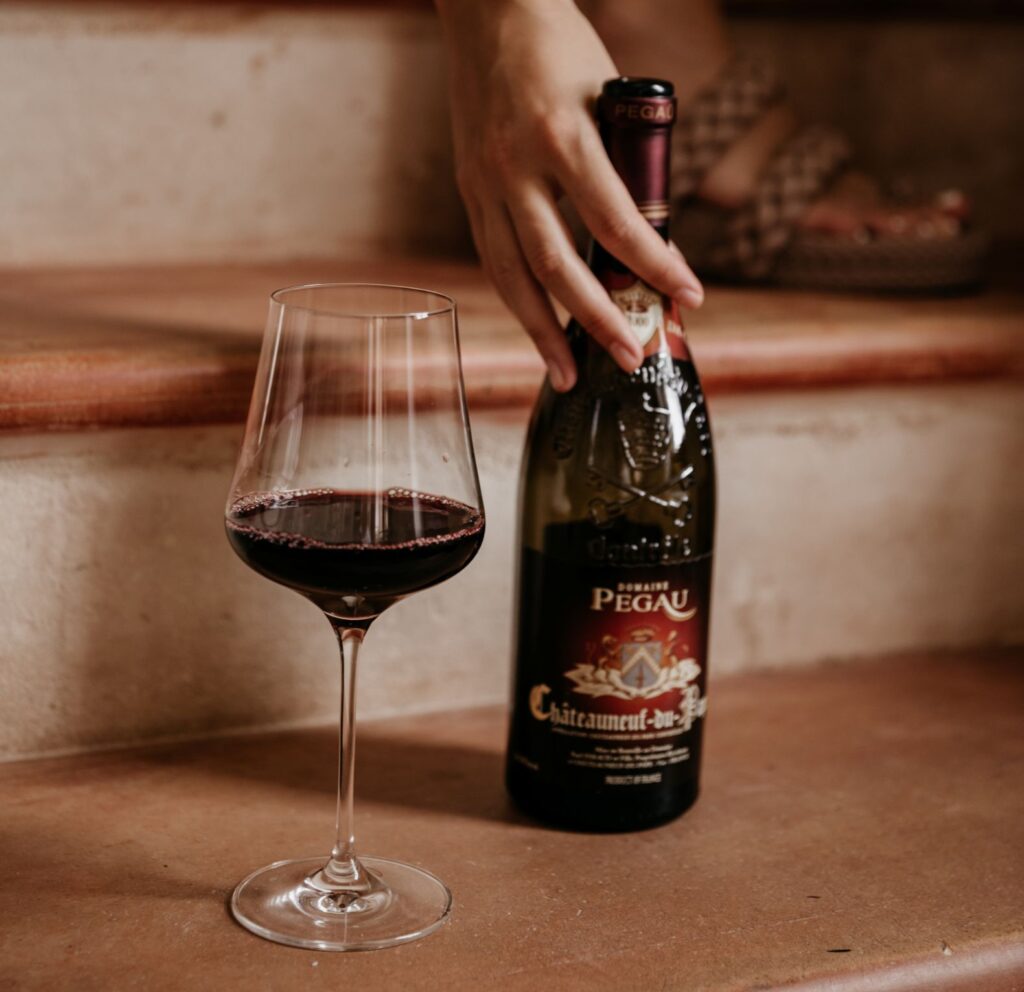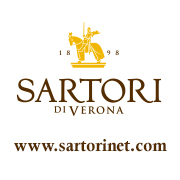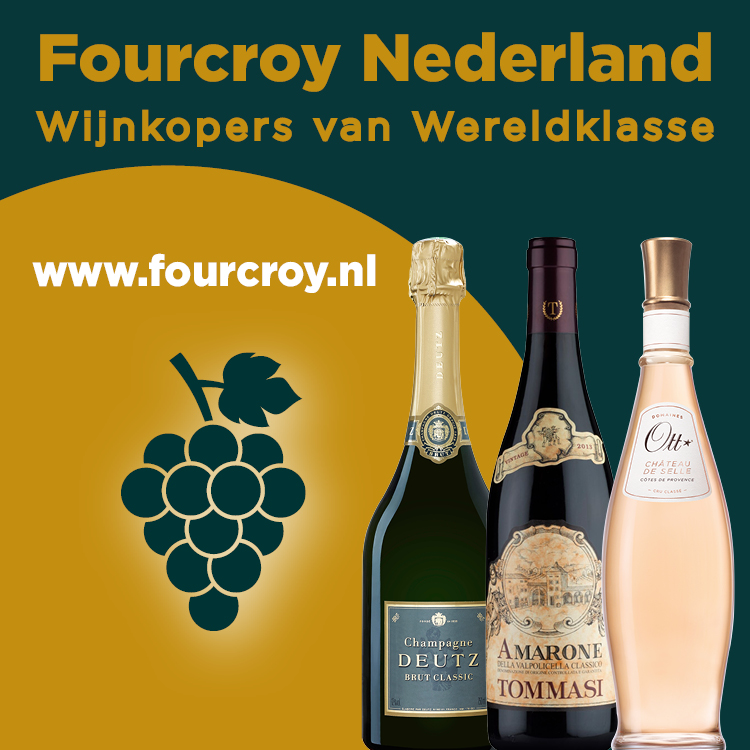Lanson 250 jaar jong
 Chateau Versailles is 30 september het bruisende middelpunt van de 250e verjaardag van Lanson champagne. Een internationaal gezelschap van wijnkopers en journalisten is uitgenodigd voor deze speciale avond. Uit Nederland zullen in ieder geval de heren Batenburg en Dirkzwager van de gelijknamige Koninklijke Distilleerderij aanwezig zijn. winebusiness.wpprovider.nl/ zal dit spectaculaire feest verslaan. Michael Edwards is champagneschrijver en winnaar van de prestigieuze Roederer International Wine Book of the year 2010 Award. Speciaal voor winebusiness.wpprovider.nl/ schreef Edwards een ode aan Lanson.
Chateau Versailles is 30 september het bruisende middelpunt van de 250e verjaardag van Lanson champagne. Een internationaal gezelschap van wijnkopers en journalisten is uitgenodigd voor deze speciale avond. Uit Nederland zullen in ieder geval de heren Batenburg en Dirkzwager van de gelijknamige Koninklijke Distilleerderij aanwezig zijn. winebusiness.wpprovider.nl/ zal dit spectaculaire feest verslaan. Michael Edwards is champagneschrijver en winnaar van de prestigieuze Roederer International Wine Book of the year 2010 Award. Speciaal voor winebusiness.wpprovider.nl/ schreef Edwards een ode aan Lanson.
Lanson: a great champagne house
 Founded in 1730 and celebrating its 250th anniversary at the Château de Versailles this thursday, Lanson is a legend in Champagne. Especially for its Vintage wines which live longer than almost anyone else’s, as the splendid 1982 and 1985 demonstrated at a London tasting last year in Berry Brothers’ historic cellars: that day, Lanson blew every other competitor off a table that included the very greatest names. Through all its travails in the early ’90s, when the Lanson family sold out to Moet- Hennessy and lost its magnificent vineyard estate of 208 hectares, one man of the old regime held the link between the glorious tradition of Lanson and the new Renaissance it is enjoying under its recent new owners – the Boizel Chanoine group – since 2006. Jean-Paul Gandron, the house’s chef de cave has been with Lanson since the 1970s. A delightful professorial character and very assured winemaker, Jean- Paul has done a remarkable job since 1991, restoring the best sort of contracted grape suppliers and the stock of reserve wines.
Founded in 1730 and celebrating its 250th anniversary at the Château de Versailles this thursday, Lanson is a legend in Champagne. Especially for its Vintage wines which live longer than almost anyone else’s, as the splendid 1982 and 1985 demonstrated at a London tasting last year in Berry Brothers’ historic cellars: that day, Lanson blew every other competitor off a table that included the very greatest names. Through all its travails in the early ’90s, when the Lanson family sold out to Moet- Hennessy and lost its magnificent vineyard estate of 208 hectares, one man of the old regime held the link between the glorious tradition of Lanson and the new Renaissance it is enjoying under its recent new owners – the Boizel Chanoine group – since 2006. Jean-Paul Gandron, the house’s chef de cave has been with Lanson since the 1970s. A delightful professorial character and very assured winemaker, Jean- Paul has done a remarkable job since 1991, restoring the best sort of contracted grape suppliers and the stock of reserve wines.
Lanson Black Label, the invigorating Brut non-vintage of the house, is right back on song, as is the Rosé. This September I went to sit at the feet of the master to learn the details of how he does it. The two hours I spent with J-P were some of the best I have known. Here is a résumé of the Gandron pearls.
Building the Cuvée: three principles
THE TASTERS. First, recruit a team of trained tasters. Tasting is a difficult, physical exercise needing regular practice. “Like the bicycle, if you only ride during the holidays, you’re not much good: if you cycle everyday you become excellent.”(J-P G) Two or three tasters select the wines after the first (alcoholic) fermentation for the all-important Brut sans année (non vintage). Other wines are also tasted, on the look-out for those with a special quality and profile; they may not necessarily go into the blend but be put aside, either for use as reserve wines or as key elements in Vintage and Prestige cuvées.
NEW HARVEST WINES: there’s a constant hunt for the latest harvest’s sources of supply – to identify the best performing cépapes (varieties)as a function of desired style and, in the best cases, as a demonstration of terroir for added subtle character, within the constraints of a firm’s house style. So, as the character of each vintage changes, the exact ratio of the varieties (Pinot Noir, Chardonnay, Meunier) is tweaked to give a little highlight to the best grapes:
Lanson Black Label 2009 Brut non-vintage blend
Encépagement (composition of grape varieties):
Chardonnay 35%
Pinot Noir 40 %( excellent)
Meunier 25% (excellent)
Note that the percentages of PN & Meunier are slighter higher this year.
STIRRING THE POT: Like the greatest chefs who constantly enhance their fond de sauce (base stock), so does the Champagne-maker in adding new elements from his stock of reserve wines to balance the new blend. On Sept. 1, we tasted the 2009 (pure, interesting aromas – aerien); the 2008 (great acidity – force de frappe!); the 2007 (mellowing, evolved – fin).
Result: Pure alchemy!
Michael Edwards


